Do you have a question about the Visonic SD-304C PG2 and is the answer not in the manual?
Details the PowerG shock and contact detector's features for windows, doors, and walls.
Highlights digital display for easy adjustment and remote configuration capabilities.
Instructions for physically securing the detector base and cover, including tamper switch details.
Connects auxiliary sensor contacts to the device terminals, detailing N.C., N.O., EOL, and DEOL configurations.
Step-by-step guide for enrolling the detector with the PowerMaster control panel.
Configure the sensitivity threshold of the shock detector via the panel.
Enable or disable accumulated shock detection mode from the panel.
Configure magnetic tampering detection and internal reed switch.
Define the external auxiliary input type (Disabled, EOL, N.O., N.C., DEOL).
Adjust shock detector sensitivity locally using the digital display and buttons.
Perform tests to verify detector reception and functionality.
Lists LED indications for tamper, shock, and auxiliary input events.
Lists European and US standards the device complies with, including FCC and IC statements.
Details detection ranges for different materials like wood, glass, and concrete.
Specifies the environmental operating limits for the device.
Outlines the 12-month warranty period and conditions for coverage.
Lists actions and conditions that will void the product warranty.
Specifies items and costs that are excluded from warranty coverage.
Details the PowerG shock and contact detector's features for windows, doors, and walls.
Highlights digital display for easy adjustment and remote configuration capabilities.
Instructions for physically securing the detector base and cover, including tamper switch details.
Connects auxiliary sensor contacts to the device terminals, detailing N.C., N.O., EOL, and DEOL configurations.
Step-by-step guide for enrolling the detector with the PowerMaster control panel.
Configure the sensitivity threshold of the shock detector via the panel.
Enable or disable accumulated shock detection mode from the panel.
Configure magnetic tampering detection and internal reed switch.
Define the external auxiliary input type (Disabled, EOL, N.O., N.C., DEOL).
Adjust shock detector sensitivity locally using the digital display and buttons.
Perform tests to verify detector reception and functionality.
Lists LED indications for tamper, shock, and auxiliary input events.
Lists European and US standards the device complies with, including FCC and IC statements.
Details detection ranges for different materials like wood, glass, and concrete.
Specifies the environmental operating limits for the device.
Outlines the 12-month warranty period and conditions for coverage.
Lists actions and conditions that will void the product warranty.
Specifies items and costs that are excluded from warranty coverage.
| Battery Life | Up to 5 years |
|---|---|
| Wireless Protocol | PowerG |
| Tamper Protection | Yes |
| Type | Smoke Detector |
| Frequency | 433 MHz |
| Operating Temperature | -10°C to +55°C |
| Power Source | 3V Lithium battery |
| Operating Humidity | 10% to 93% (non-condensing) |
| Mounting | Ceiling |
| Compatibility | PowerMaster systems |
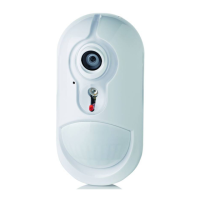

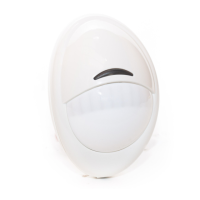
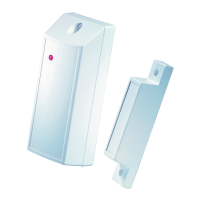
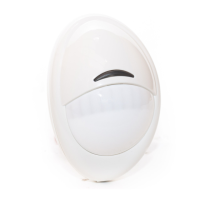
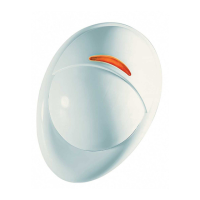
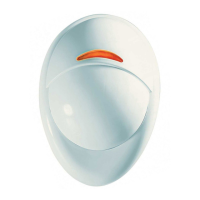

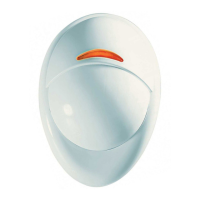
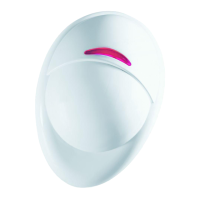

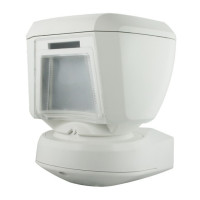
